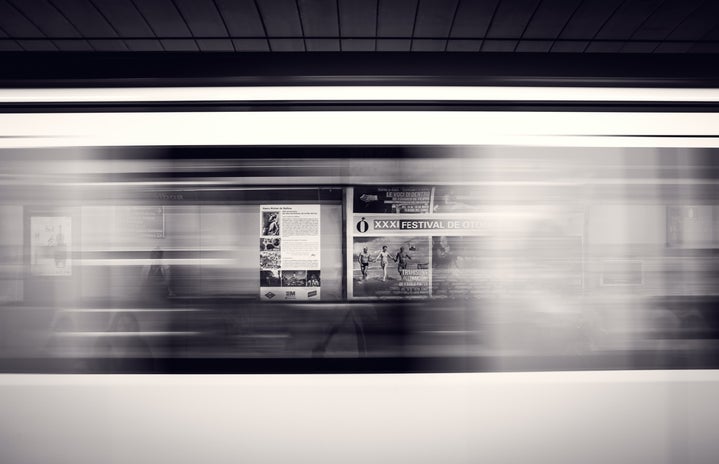The waves crashed along the shore of Caladesi Island as my family and I walked on the beach. Mountains of big, small, vibrant, plain, sharp, smooth, and even broken shells were gently brushed with ocean water.
Among the vast beauty of earth’s creation? Plastic.
I know recycling is difficult and not easily accessible in most states. For example, in my home state of Alabama, the recycling of glass products is prohibited in many counties. But the disposal of our trash into our oceans is an injustice to all life everywhere. The following guide is informative of the recyclability status of plastics in order to help our planet by leading eco-friendly lifestyles. Numbers on plastics indicate the various classifications and are usually printed on plastic containers in a triangle symbol.
Number 1: PETE or PET
These plastics are water bottles and soda bottles. Containers indicated with a number 1 are absolutely recyclable; however, such plastics should not be reused. It is difficult to clean and completely remove developing bacterial infections from the source after the container has been used. Therefore, because of the inability to reuse these plastics, a solution is to simply reduce the use of plastic bottles. Bring your own reusable water bottle! Mother nature will thank you!
Number 2: HDPE
These compact plastics include and are not limited to milk jugs, laundry detergent containers, some olive oil containers, and even solution bottles used in a science laboratory. Not only are these containers completely recyclable, but they are also one of the safest plastics to use.
Number 3: PVC
Ziplock bags are a common example of an everyday-use number 3 PVC plastic. Number 3 plastics are recyclable in Saint Louis if remnants of food waste are removed from the source. Because of harmful toxins that can potentially be released, number 3 plastics are highly encouraged to be limited to one use in order to prevent health dangers. A simple solution for environmentally friendly food storage? Try these reusable silicone food storage bags!
Number 4: LDPE
We have an entire drawer filled with number 4 plastics at my house. Low-density Polyethylene (LDPE) is the most common material in the grocery bags from Walmart and Target. These plastic bags are not recyclable in every state, but they are totally safe to reuse as small trash bags or dog waste bags. Reducing the amount of plastic bags in circulation is so easy—bring those reusable grocery bags to the store!
Number 5: PP
Ok, Starbucks, I’m looking at you! Number 5 Polypropylene plastics include the cups for iced Starbucks drinks, cereal bags, chip bags, and yogurt containers. These items, unfortunately, are not considered recyclable in the majority of states; however, they are recyclable in Saint Louis, Missouri! Reusing your number 5 plastics as tupperware for your leftovers is totally safe and also reduces the amount of plastic in circulation.
Number 6: PS
More than a quarter of the landfill mass in the United States pertains to the unrecyclable number 6 Polystyrene plastics. Not even Saint Louis recycles number 6 plastics, causing them to frequently be a sea turtle’s fatal snack. Number 6 plastics include red solo cups, styrofoam dinnerware, egg containers, packing peanuts, and restaurant to-go containers. Reusing number 6 plastics is dangerous and highly discouraged; however, reducing of the use of these plastics is certainly attainable through many eco friendly alternatives, such as reusable containers.
Number 7: BPA
Today’s researchers have proven that BPA releases harmful chemicals and toxins that are directly linked to hormonal imbalances, birth defects, and even cancer. Unfortunately, BPA is present in products everywhere, especially products that come in direct contact with the mouth—kitchenware, tupperware, dental tools, healthcare equipment, jar lids, reusable water bottle lids, and even children’s toys. While number 7 products are not widely recycled, they are recyclable in Saint Louis. Reducing the use of number 7 products is easy and way better for your health, and you can do so by using glass tupperware, stainless steel kitchenware, and many other glass alternatives.
Because there is no national requirement on the recyclability of plastics, the regulation status depends on each state. For your home state’s recycling regulation information, contact your local recycling coordinator.


